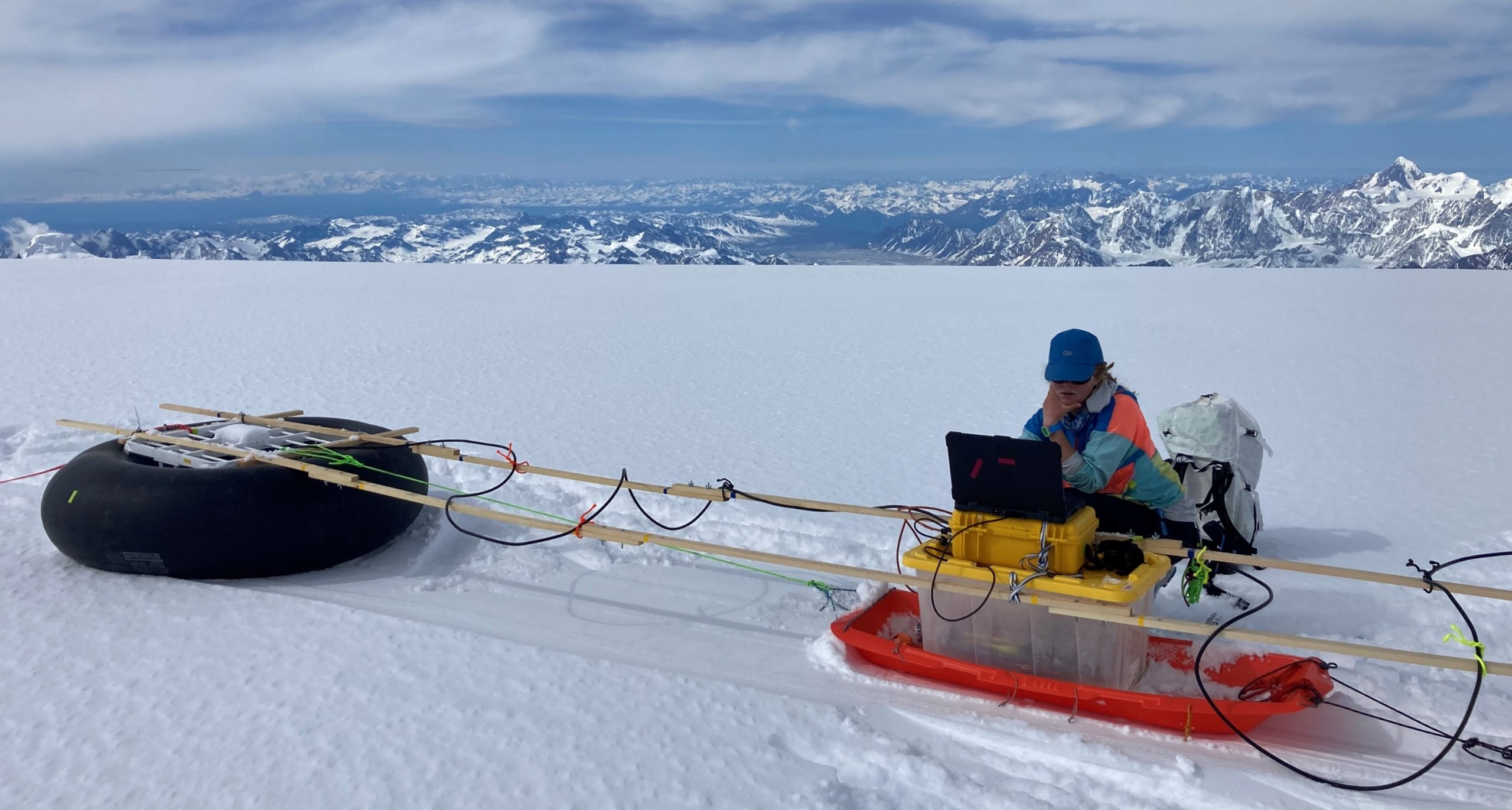Scott Braddock
PhD candidate
Advisors: Dr. Seth Campbell, Dr. Brenda Hall
Research Area:
I study past and current ice-volume changes in Antarctica, Patagonia and Alaska using geophysical methods and a range of paleoclimate proxies. Currently, I am part of the on-going International Thwaites Glacier Collaboration and our team will use geologic evidence to put the rapid loss of ice volume in this region into an historical context. Check out our two recent publications below! During the summers, I work with the Juneau Icefield Research Program in Alaska to teach undergraduate and high school students about the cryosphere and how changes in the Arctic relate to changes they are seeing back home.
Additionally, I have worked several years as a conservationist in Patagonia and Costa Rica with Round River Conservation Studies. My interests also include the connections between the cryosphere and biosphere as they are intricately linked around the world. Especially so in fast-changing ecosystems such as around the Southern Patagonian Icefield.
Check out my personal website, PolarExplorations.org for more information!
Recent Publications
Balco, G., Brown, N., Nichols, K. A., Venturelli, R. A., Adams, J. R., Braddock, S., Campbell, S. C., Goehring, B. M., Johnson, J. S., Rood, D. H., Wilcken, K., Hall, B. H., Woodward, J.: Reversible ice sheet thinning in the Amundsen Sea Embayment during the Late Holocene, The Cryosphere Discuss. [preprint], https://doi.org/10.5194/tc-2022-172, accepted, 2023. https://tc.copernicus.org/articles/17/1787/2023/
Braddock, S., Hall, B.L., Johnson, J.S. et al. Relative sea-level data preclude major late Holocene ice-mass change in Pine Island Bay. Nat. Geosci. 15, 568–572 (2022). https://doi.org/10.1038/s41561-022-00961-y (https://www.nature.com/articles/s41561-022-00961-y)
Johnson, J. S., Venturelli, R. A., Balco, G., Allen, C. S., Braddock, S., Campbell, S., Goehring, B. M., Hall, B. L., Neff, P. D., Nichols, K. A., Rood, D. H., Thomas, E. R., and Woodward, J.: Review article: Existing and potential evidence for Holocene grounding line retreat and readvance in Antarctica, The Cryosphere, 16, 1543–1562, https://doi.org/10.5194/tc-16-1543-2022, 2022.
Upcoming and Recent Projects:
Summer 2023 – GEOPaths-funded Upward Bound – JIRP collaboration, Juneau, AK.Working with Upward Bound high school students from around the U.S., we will facilitate a field season in Juneau, Alaska that aims to introduce students to a range of opportunities and experiences in the Earth Sciences through hands-on projects, field trips, and activities. The goal of this collaboration between Upward Bound and the Juneau Icefield Research Program is to introduce and promote Polar STEM to students who are underrepresented in the geoscience community.

2022/23, Pine Island Glacier, West Antarctica. We attempted to drill for bedrock 50 m below the current ice surface! Challenging drilling conditions prevented the successful extraction of a core but we succeeded in collecting several ground-penetrating radar surveys (including the testing of a new 200 MHz antenna!) as well as collecting several surface bedrock samples. We learned a lot of valuable lessons that we will use to improve future drilling efforts.

Summer, 2022 – Kahiltna Glacier, Denali National Park, Alaska. We will use ground-penetrating radar to determine the water content within snow and firn layers on the Kahiltna Glacier over an elevation transect to act as an analog for other mountain glaciers in the region.

Summer, 2021: Juneau Icefield, Alaska. As part of the Juneau Icefield Research Program, I participated on the program as teaching and research faculty member. Our goal is to work with students on a range of cryopshere-related projects that serve to teach new skills and to better quantify the rapid rate of change being experienced by the Juneau Icefield.

Coring to get an estimate of the annual snow depth
Additional Information:
Office: contact me via email! scott.braddock@maine.edu


